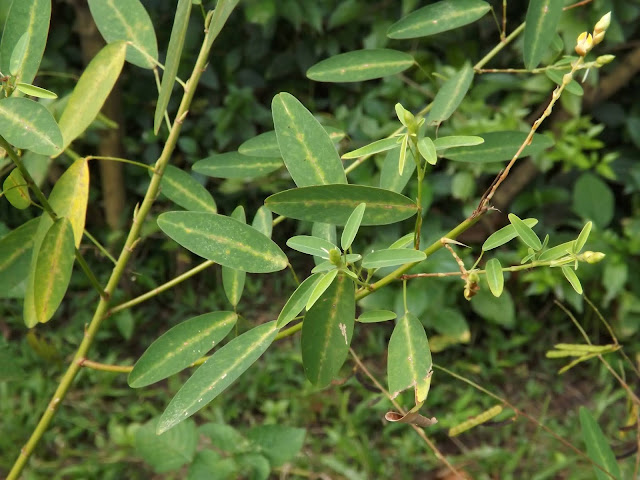Kochu or Taro, Colocasia esculenta

Kochu or Taro ( Colocasia esculenta , family: Araceae) is a perennial aquatic herb with stolon and rhizome, attaining a height of 1.5 m. It is found by water or standing in water. The fast-growing plant is found almost everywhere in Bangladesh. Although it is originated mainly in Southeast Asia, it has gradually become naturalized in the tropical world. It is one the oldest cultivated crops in Asia. The whole part of the plant, like leaf, stem, petiole, rhizome, stolon--everything can be eaten as vegetable. Other names: Mukhi kochu, Gura kochu, Kuri kochu, Chhora kochu, Duli kochu, Binni kochu. Leaves are showy, large, green, glabrous, triangular-ovate, 30-40 cm long and 20-26 cm wide. Petiole is thick and juicy and it can be almost equal to the height of the plant. New leaves grow from the rhizome. Neumerous small flowers are clustered on spadix inflorescence, covered with giant bract leaf, spathe; the spadix is three-fifths of the spathe. In initial stage the inflorescence is full

